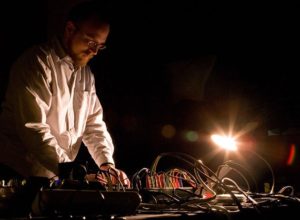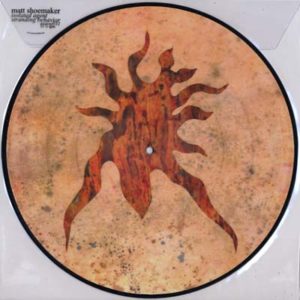Lili Boulanger is a composer who is at the intersection of two of the focuses of this year’s Proms programs: women composers and the centennial of the end of the First World War, which coincided with the year of her death at age of 24. Boulanger was clearly one of the great talents in music history, the equal of, for instance, the famously precocious Mendelssohn and Shostakovitch, both of whom lived long enough to fully realize their astonishingly early promise. Works of hers are included in four concerts of this season of the Proms.
Pour les funérailles d’un soldat, a short work written by Boulanger between 1912 and 1913 as an assignment her harmony teacher, Georges Caussade, was presumably a sort of test run for the Prix de Rome composition competition. It won the Prix Lepaulle in 1913, which was the same year that Boulanger became the first woman to win the Prix de Rome for her cantata Fauste et Hélène. Pour les funérailles d’un soldat opened the Prom concert presented by the BBC Symphony Orchestra and Chorus, conducted by Edward Gardner on August 12. The work sets a text by Alfred de Musset, a portion of his verse play Les coupe et les lèvres (1832). It deals with the burial ceremonies for a captain, whose Christianity is as important a factor as his military status. The work is a highly dramatic choral realization of the scene with an impassioned envoy to the fallen soldier sung by a baritone soloists (in this performance by Alexandre Duhamel), before concluding with a return of the chorus. It is brief (about seven minutes long) and powerfully evocative.
The rest of the concert consisted of the Elgar ‘Cello Concerto, which was his last major orchestral work, and the only one following the First World War, played by Jean-Guilen Queyras, who played music by Dutilleux as an encore. The concert concluded with Dona Nobis Pacem by Vaughan Williams, which included soloists Sophie Bevan, soprano, and Neal Davies, bass-baritone. Rather than being so much a reaction to the First World War (it was written in 1936), in which Vaughan Williams had been an ambulance driver in France, it is more a warning of the next war which came three years after its composition. It has always seemed to me to be the least satisfaction of Vaughan Williams’s big choral pieces, and this performance, which was as good as anybody could wish, didn’t persuade me otherwise. Its chief interest, it seems to me, is in its continuation of Vaughan Williams’s interest in the poetry of Whitman, which goes back to the beginning of his career.
Du fond de l’abîme, Boulanger’s setting of the 130 Psalm, was on the Prom presented by City of Birmingham Symphony Orchestra and the CBSO Chorus and Youth Chorus, conducted by Ludovic Morlot, on August 15. They were joined in the Boulanger by the mezzo-soprano Justina Gringytê. Finished in 1917, four years later than Pour les funéraille d’un soldat, Du fond de l’abîme is both more free in its instrumental writing and the use of its material and demonstrates considerably greater technical control and a more pronounced personal quality. Roger Nichols in his program note speculates that both the course of the First World War and the continual prospect of her death from what is now diagnosed as Crohn’s Disease contributed to the dramatic intensity of the work. Although that intensity is one of its most immediately apparent aspects, its shaping, and the control of its trajectory are remarkable. Albert Hall is not a particularly kind place for singers, but even so, the diction of the singers was not at all clear. In this program the Boulanger was placed in the context of her most important contemporaries, Debussy (who died in the same year) and Ravel, and her music was not at all outclassed by them, even if it has a slightly more “traditional” manner and language. Caroline Potter in her biography of Boulanger in the program points out that “nobody listens to music because of its composer’s potential,” and while it is true that the power and accomplishment of Boulanger’s works that exist are compelling and satisfying, it is also true that it is tragic that she didn’t live longer (her older sister, Nadia, died in 1979, for instance) and trace a longer line of the development of her personality, and one can’t help but think of what she might have done further along in her life as a composer. The Debussy works on the program were the Prelude to the Afternoon of a Faun and the Nocturnes; the concert concluded with Ravel’s Bolero. The playing in all these pieces was wonderful.
The Prom on August 18, presented by The London Symphony Orchestra and Chorus, conducted by Simon Rattle was an all Ravel, featuring his opera L’enfant et les sortilège, preceded by the ballet version of Mother Goose and Shérézade, with its super-orientalized text. The soloist in
Shérézade was mezzo-soprano Magdalena Kožena, who also sang the role of the child in the opera. L’enfant et les sortilège is the favorite piece of Ravel’s of many people, and it is easy to understand why, especially in this performance which presented it vividly and lovingly. All of the playing by the London Symphony Orchestra, and strikingly by its principle flute player, Gareth Davies, was, even by the standard of the playing on the Proms, exceptionally beautiful.
Recordings of these concerts are available for a month at https://www.bbc.co.uk/programmes/b09yjc3r/episodes/player.



